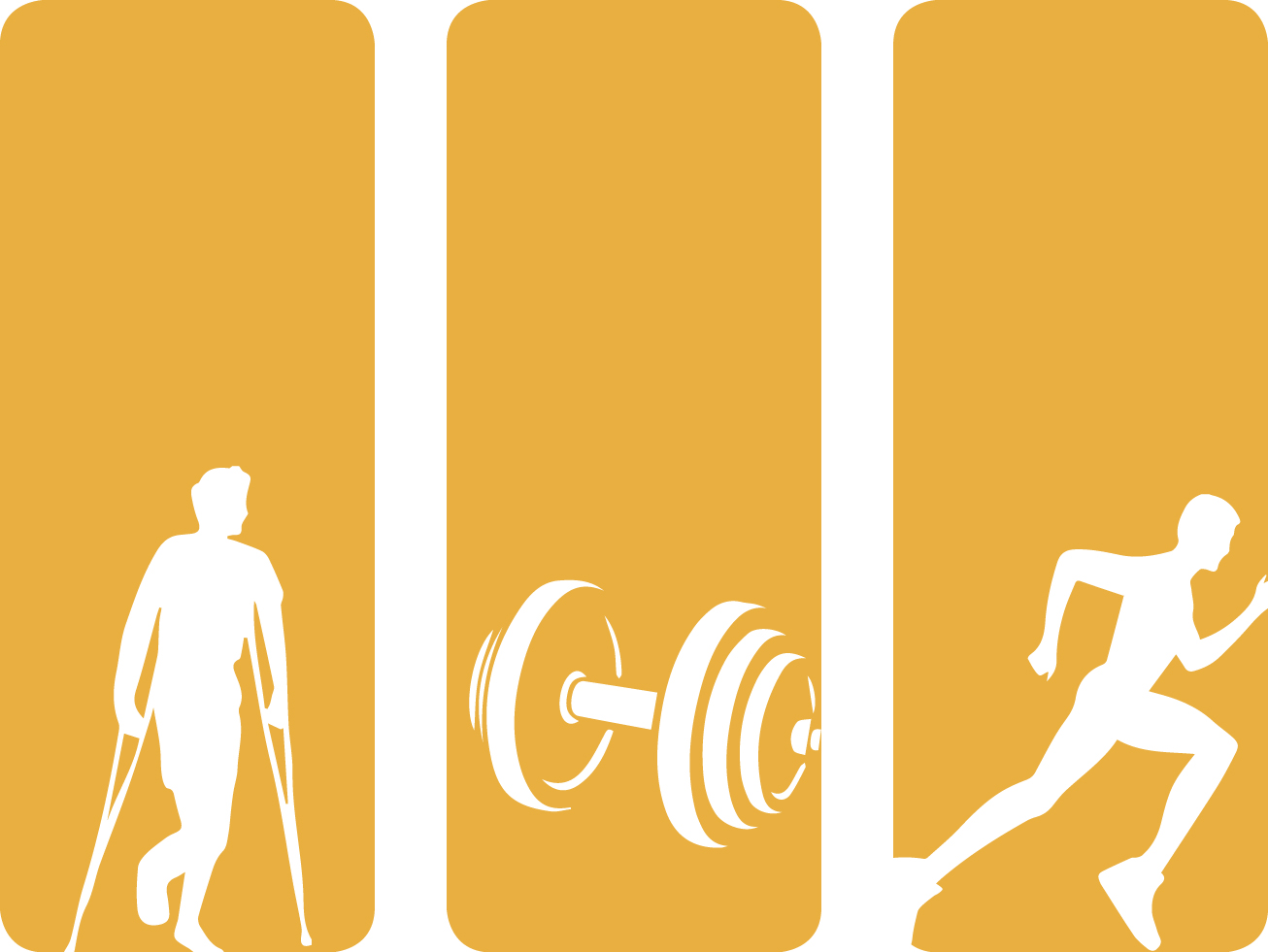I sprained my ankle, what do I do pt. 3
So, you’ve sprained your ankle or are rehabbing some other injury. How do you know when to progress your exercises and try more challenging tasks? As a therapist I can tell you that this is the hardest part of helping someone rehab an injury. You want to push them so they progress as quickly as possible, but you definitely don’t want to push them too hard causing a setback. The line between progressing to quickly and not quickly enough is very fine but there are some rules you can use to guide you.
Rule 1 – Rehab exercises should be pain free. Pain is your body’s way of telling you that what you are doing is potentially harmful and damaging. That being said, you may have some mild discomfort with some exercises. You need to be able to distinguish between the discomfort of challenging a healing tissue and the pain of damaging a healing tissue. Err on the side of caution with pain, sharp pain is a definite ‘stop what you are doing’. You also need to assess how you are feeling in the hours and day after you do your rehab exercises. The inflammation and accompanying pain of overdoing it may not reveal themselves until later.
Rule 2 – Do the same exercise routine twice on two separate days before you progress the exercises. For example, on Monday you might do 3 sets of 15 repetitions of a new exercise at a certain resistance. You experience no pain during or after. On Tuesday you should do the same routine again and if you experience no pain during or after and are able to perform all of the prescribed repetitions you can progress the exercise.
Rule 3 – Only increase one variable of a given exercise at a time. Variables are the sets, repetitions and resistance in a typical exercise. Lets say you are doing calf raises to help strengthen your ankle. On Monday and Tuesday you do 2 sets of 10 reps with your body weight on the floor with no pain during or after. On Wednesday you could add one of these next three things:
1. An extra set of 10
2. More reps within your two sets
3. Add some extra resistance to your original 2 sets of 10
In terms of exercise prescription for an ankle sprain, in the last post we got as far as doing isometric strengthening, active range of motion and single leg balancing for proprioception. Now we need to add strengthening through a full range of motion (ROM). Resistance bands are perfect for ankle rehab exercises. The exercises are the same as the isometric strengthening in part 2 except now you actually move your ankle through a full range of motion with resistance in each direction. When you can achieve 3 sets of 15 reps with a certain resistance you should use a stiffer band to continue to challenge the muscles of the lower leg.
Calf raises are a great exercise to strengthen the ankle while also working on range of motion and balance. Start on the floor with just your body weight. Progress to doing them off of a step letting your heel drop below the level of the step to stretch your calf and promote increased dorsi flexion. Add resistance as tolerated by holding onto some weights at your sides.
Calf raise from step
You should be doing some walking as well, you can use a treadmill and add some incline to actively stretch your calf muscles and improve dorsi flexion. Treat walking like any other rehab exercise and use the progression rules outlined above.
Multi joint leg strengthening exercises such as squats and lunges can be done once you have full pain free ROM and have progressed through full ROM strengthening with resistance bands. Once again, use a conservative approach to adding these exercises and progressing them.
Light jogging for short durations can be attempted as well as long as its pain free, progress as tolerated within the guidelines outlined above.
By no means is this an exhaustive list of exercises to rehab an ankle, so do your own research and enlist the help of a therapist if in doubt or if you are not getting a bit better every day.


